Marlene Dumas’ charged, exposed and intimate figures gather in Athens
The artist’s work from 1992 until the present day goes on show at Athens’ Museum of Cycladic Art (until 2 November)
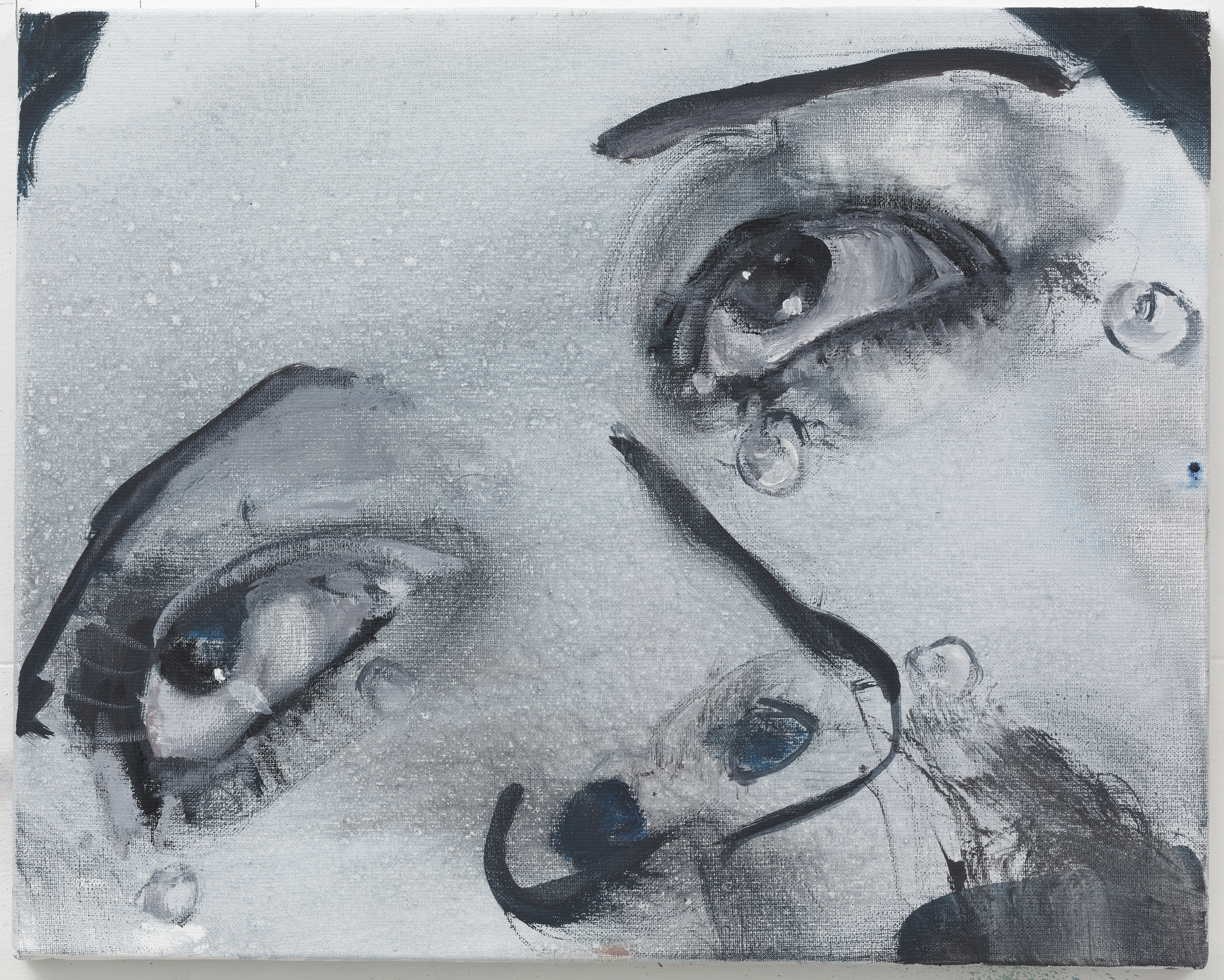
‘Death is an evil. We have the gods' word for it; they too would die if death were a good thing.’ South African artist Marlene Dumas reads this poem attributed to the Ancient Greek poet Sappho, outside her exhibition ‘Cycladic Blues’, taking place across the neoclassical Stathatos Mansion in the Museum of Cycladic Art in Athens. The poem cuts across time, framing death not as a transition to the next cycle of life, but as a failure – an affront even to the divine – and asserting its finality and violence. With this, Dumas sets the tone for ‘Cycladic Blues’, a deeply personal and expansive exhibition that moves through the many cycles that preoccupy her work: sex and desire, love and hate, life and death, guilt and innocence. The show draws connections between Dumas’ paintings, works on paper, and Cycladic and Hellenistic artefacts selected by the artist – some more than 4,000 years old – from the museum's permanent collection.

Marlene Dumas
The majority of the ancient objects placed in dialogue with Dumas’ works – ranging from early pieces made in 1992 to new paintings created specifically for this exhibition – are Cycladic figurines. Carved from marble and originating from the nearby Cycladic islands, the figurines exude an eerie anonymity. Little is known about them with certainty; they were likely placed in graves and it is assumed they played a role in funerary rituals.
Their minimal, stylised forms – with folded arms, curved and smoothed-over features, and precisely incised lines marking sex and limbs – are a delicate abstraction of the human body, one that resonates with Dumas’ visual language. The ancient figures now stand in quiet proximity to her paintings, which chart the body in its most charged, exposed and intimate states. From the strip-club dancers portrayed in her Amsterdam series to martyrs, murderers and tender portraits of her daughter, Helena (1992), Dumas’ figures are consistently performing, ageing, desiring, or dying. The exhibition becomes not only a confrontation with death, but a meditation on how we face death, through the persistence of bodies, the repetition of ideals or gestures, and the act of image-making itself, in a dialogue that cycles across centuries.
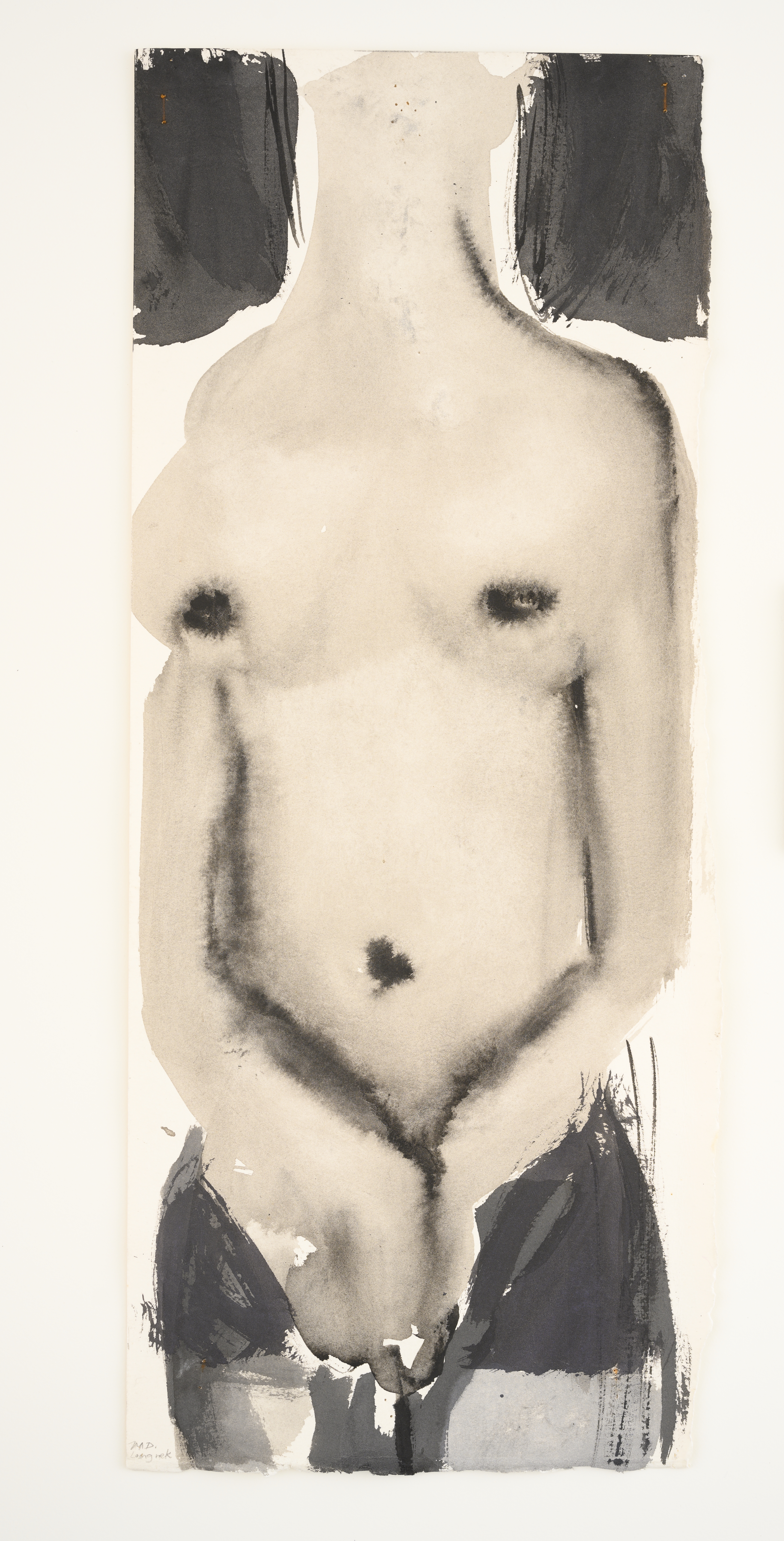
Long Neck (fragment), 1998
The artist's relationship to Greek antiquity is shaped by conflict. Raised in Apartheid-era South Africa, Dumas witnessed how classical ideals were weaponised by fascist and colonial regimes to uphold order and supremacy. In that context, the smooth, idealised body of antiquity became a political tool. It was only later that she recognised the subversive potential buried within those same classical texts. On Robben Island, political prisoners, including Nelson Mandela, staged and acted Greek tragedies, in acts of camaraderie and survival. In Sophocles’ Antigone, for instance, the prisoners saw a story of moral defiance against state violence. Greek antiquity, for Dumas, thus becomes a paradox: one in which traditional beauty is entangled with brutality.
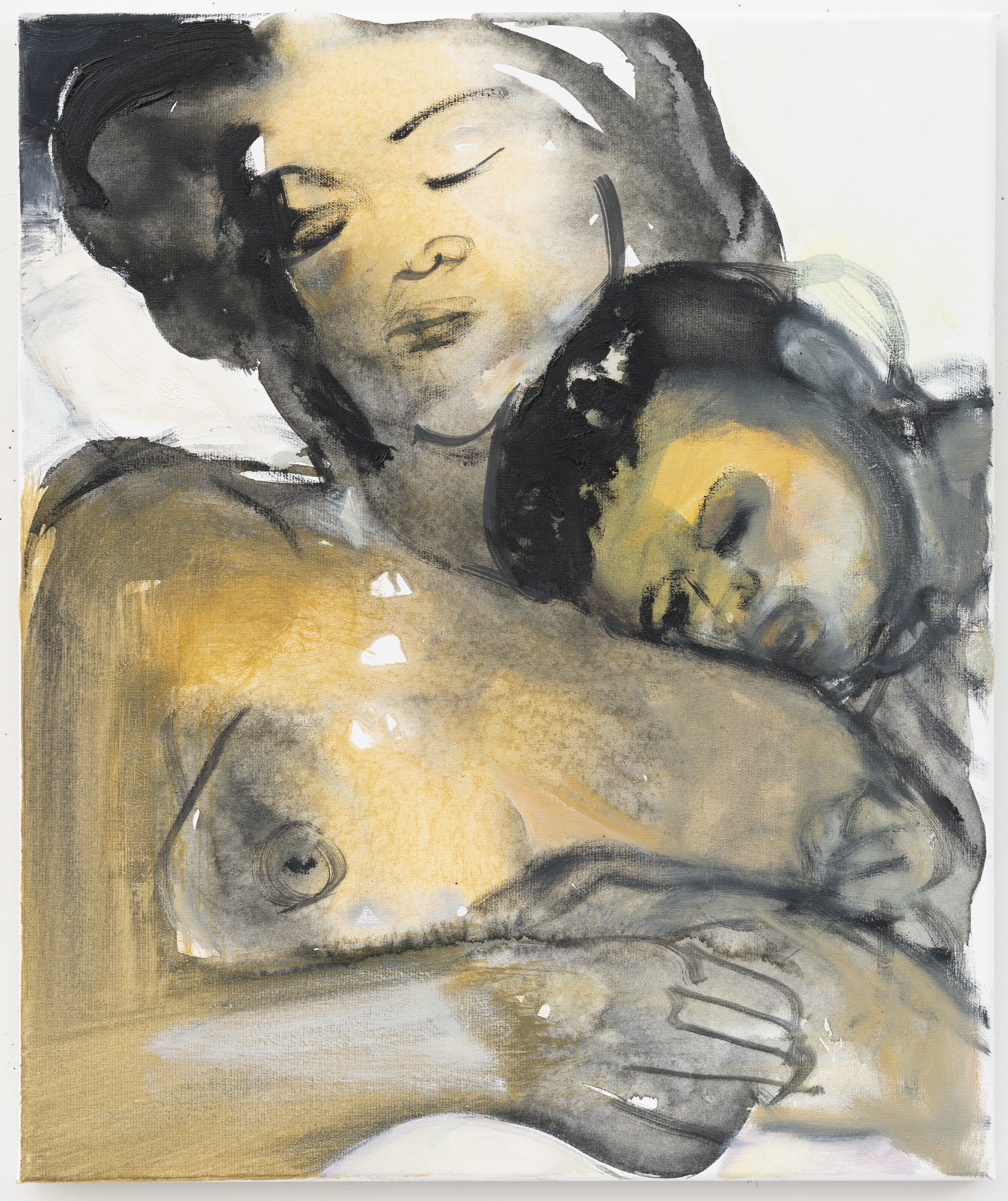
Helena and Eden, 2020
This tension runs throughout her work. Dumas returns obsessively to death, not as a singular event, but as a persistent cycle that binds all things. In 50+ (2010–2018), painted over eight years and after her 50th birthday, the body is depicted as something already fading. Veins pulsate beneath a translucent skin, as a second face hovers like a spirit leaving the body. Dumas’ process is as much about erasure as depiction; in the studio, as she works, she removes more paint from the canvas surface than she builds. In Long Neck (Fragment) (c. 1998), ink pools and bleeds into paper, forming a dissolving, incomplete body. Her starting points are often photographs, many of them marked by violence and post-mortem images, including that of the young Chechen woman from the Moscow theatre crisis in Alfa (2004). A cropped image of a female’s side profile fades to a milky grey haze, her mouth softly ajar, and her eyes closed in what could be sleep, or deathly slumber.
The tension between presence and absence, eroticism and grief, is heightened in Immaculate, a close-up painting of a lower torso and vagina; the skin of the unknown figure is blue beside the lower torso of a Cycladic figurine. The effect is quiet but charged. Dumas’ painting invites the gaze, in an intimate, vulnerable and fleshy way, whilst the marble figurine, detached from its funerary origin, stands cold and symbolic of the transition to the next cycle in life. Their proximity does not resolve into harmony; rather, they orbit each other in a dialogue of opposites. One speaks to desire and immediacy, the other to departure. But in that friction lies the power of ‘Cycladic Blues’: a refusal to idealise the body as fixed to one state. Rather, the body constantly has the capacity to transform and change, to slip between desire and decay, intimacy and distance, past and present.
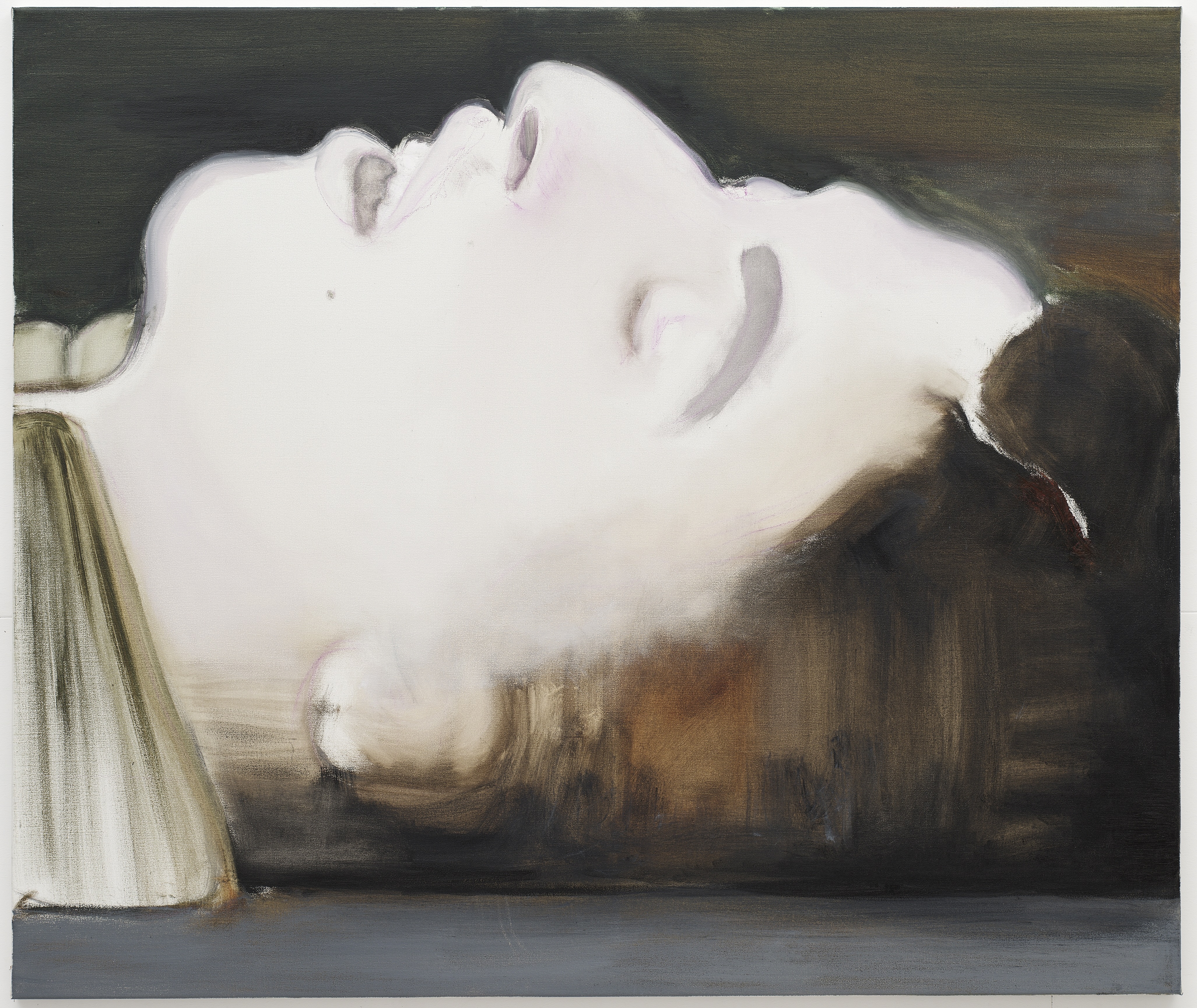
Alfa, 2004
The conversation between Dumas’ paintings and the Cycladic figurines is neither seamless nor reconciled, and it is in this friction that gives the exhibition its charge. The Cycladic islands, from which the ancient figurines originate, take their name from the Greek word kyklos (meaning ‘circle’), a reference to how the islands encircle the sacred island of Delos, mythic birthplace of Apollo and Artemis. But the term also evokes larger, more existential cycles: birth and death, memory and forgetting, creation and decay; the very cycles that animate Dumas’ work.
Receive our daily digest of inspiration, escapism and design stories from around the world direct to your inbox.
The figurines, with their smoothed limbs and closed forms, speak to the cyclical nature of ritual and mourning. And yet, both ancient and contemporary bodies resist realism, preferring distortion and abstraction as ways of reaching what lies beneath the surface. Their connection lies in the rhythm of recurrence in how form returns in different guises, and how death persistently haunts life.
‘Marlene Dumas: Cycladic Blues’ at the Museum of Cycladic Art until 2 November 2025, cycladic.gr/en
Sofia Hallström is a Sweden-born artist and culture writer who has contributed to publications including Frieze, AnOther and The Face, among others.
-
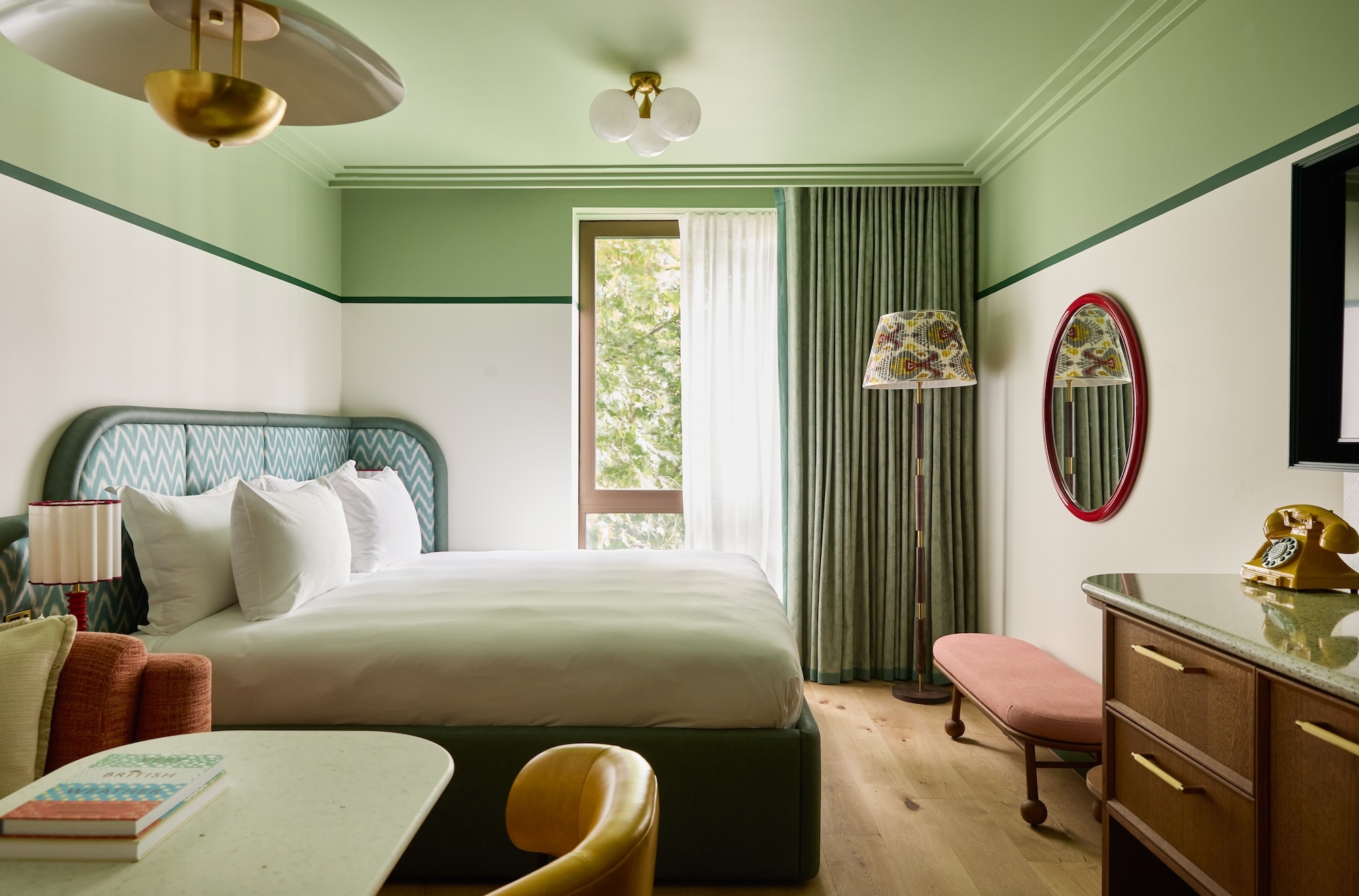 At last: a London hotel that’s great for groups and extended stays
At last: a London hotel that’s great for groups and extended staysThe July London Victoria, a new aparthotel concept just steps away from one of the city's busiest rail stations, is perfect for weekends and long-term visits alike
-
 Three new smartwatches showcase new frontiers in affordable timepiece design
Three new smartwatches showcase new frontiers in affordable timepiece designLong may you run: smartwatches from Withit, Kospet and OnePlus favour function and value above all else, demonstrating just how much the smartwatch has evolved in recent years
-
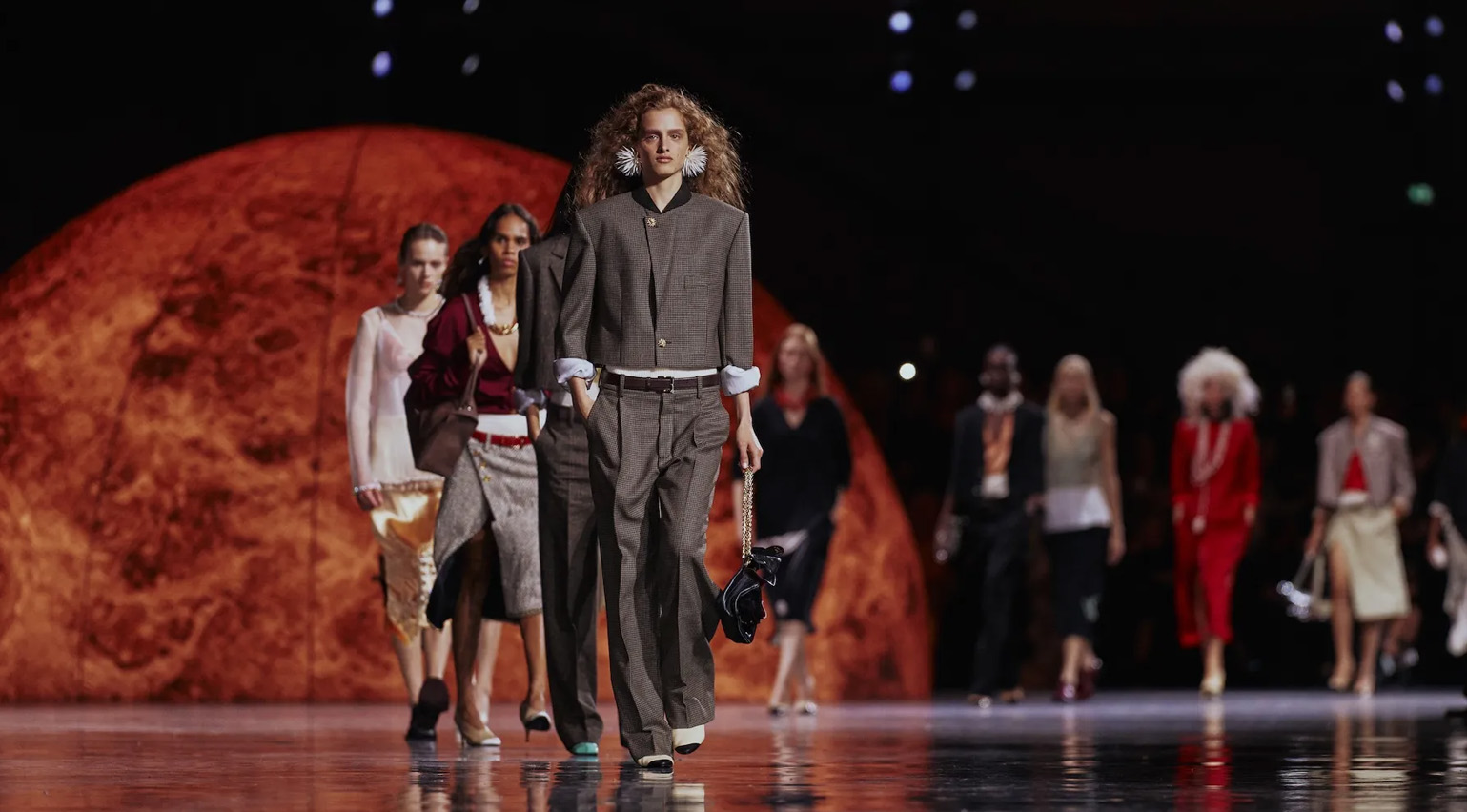 Debuts, dandies, Demi Moore: 25 fashion moments that defined 2025 in style
Debuts, dandies, Demi Moore: 25 fashion moments that defined 2025 in style2025 was a watershed year in fashion. As selected by the Wallpaper* style team, here are the 25 moments that defined the zeitgeist
-
 This Gustav Klimt painting just became the second most expensive artwork ever sold – it has an incredible backstory
This Gustav Klimt painting just became the second most expensive artwork ever sold – it has an incredible backstorySold by Sotheby’s for a staggering $236.4 million, ‘Portrait of Elisabeth Lederer’ survived Nazi looting and became the key to its subject’s survival
-
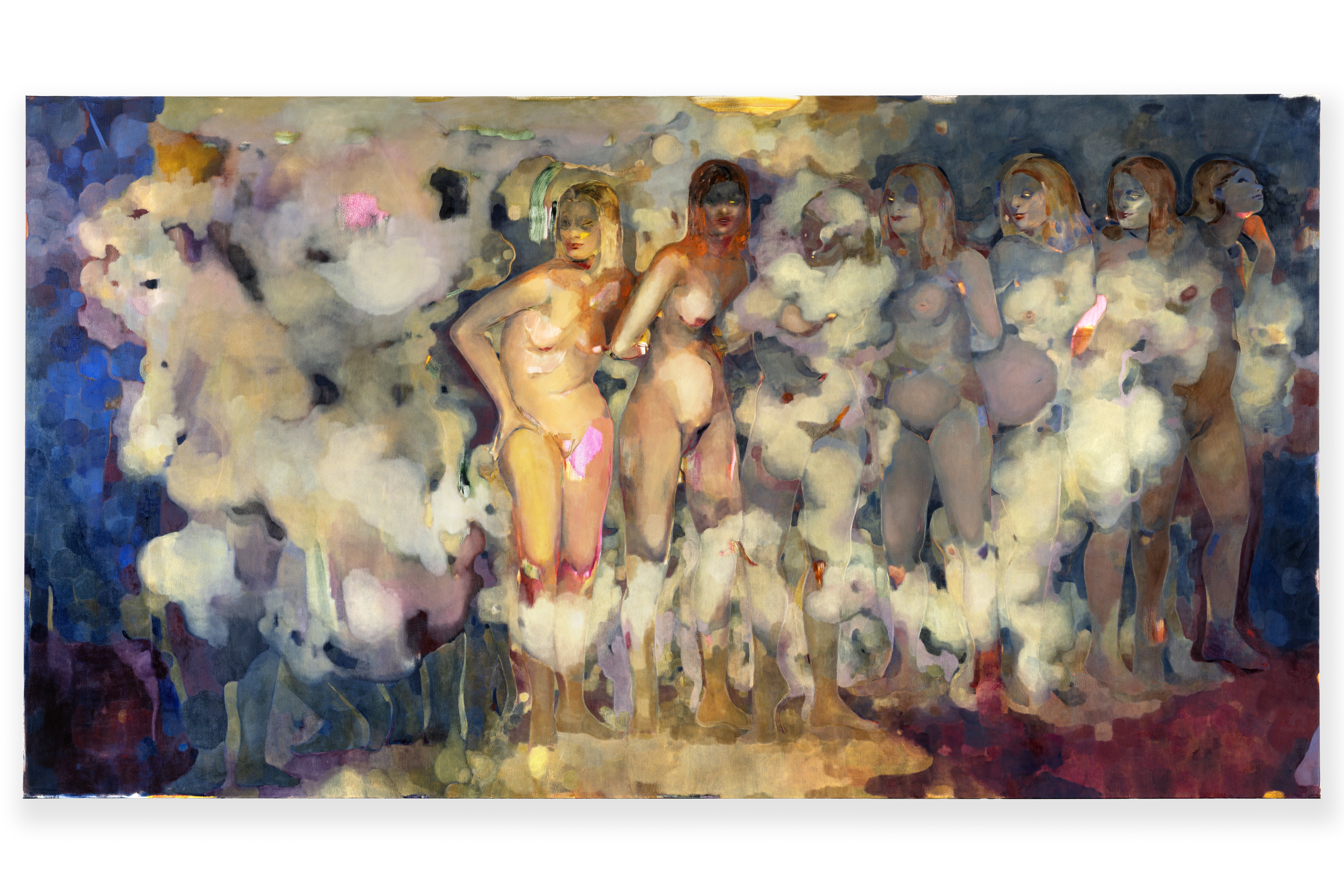 Meet Eva Helene Pade, the emerging artist redefining figurative painting
Meet Eva Helene Pade, the emerging artist redefining figurative paintingPade’s dreamlike figures in a crowd are currently on show at Thaddaeus Ropac London; she tells us about her need ‘to capture movements especially’
-
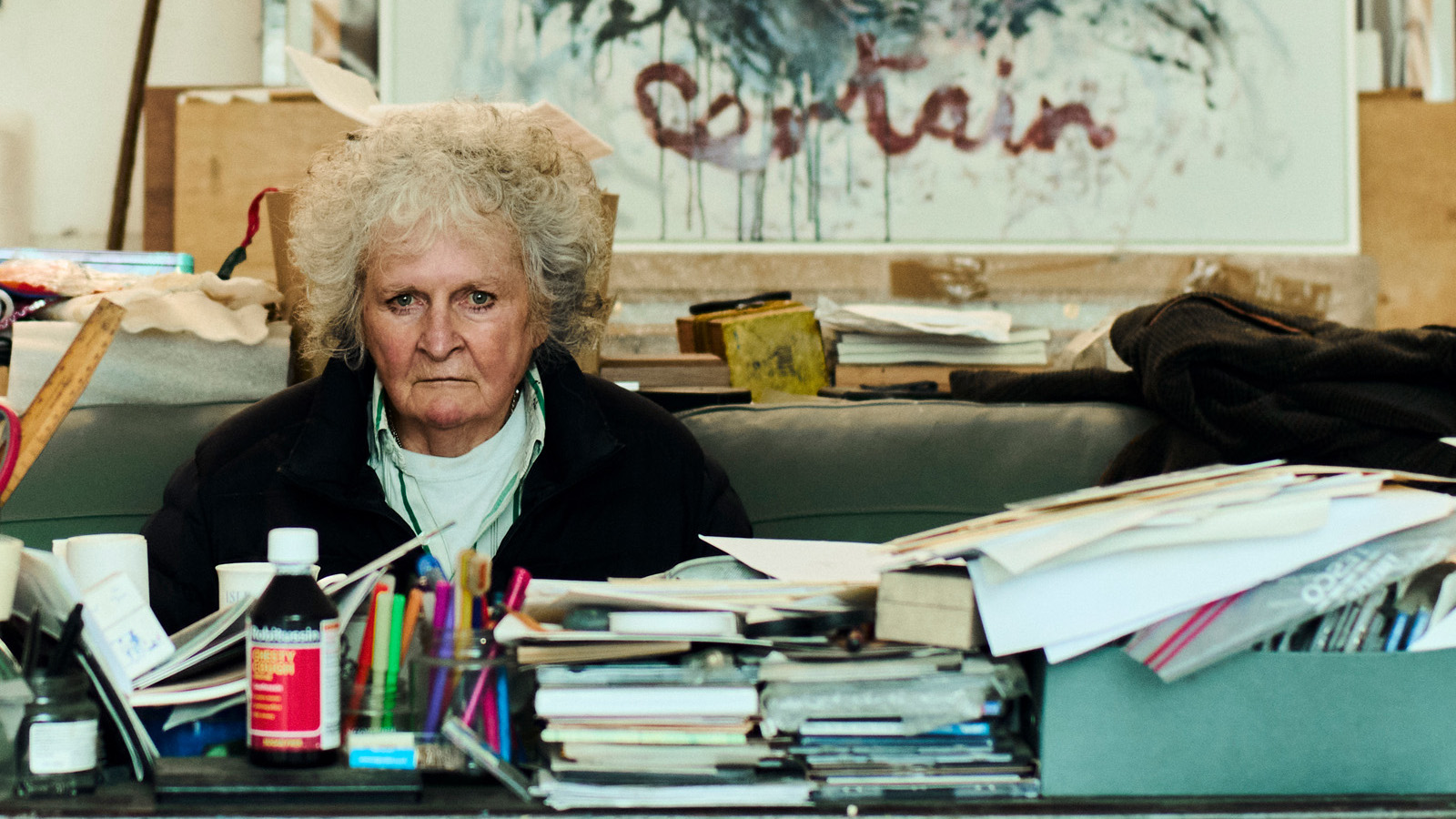 Maggi Hambling at 80: what next?
Maggi Hambling at 80: what next?To mark a significant year, artist Maggi Hambling is unveiling both a joint London exhibition with friend Sarah Lucas and a new Rizzoli monograph. We visit her in the studio
-
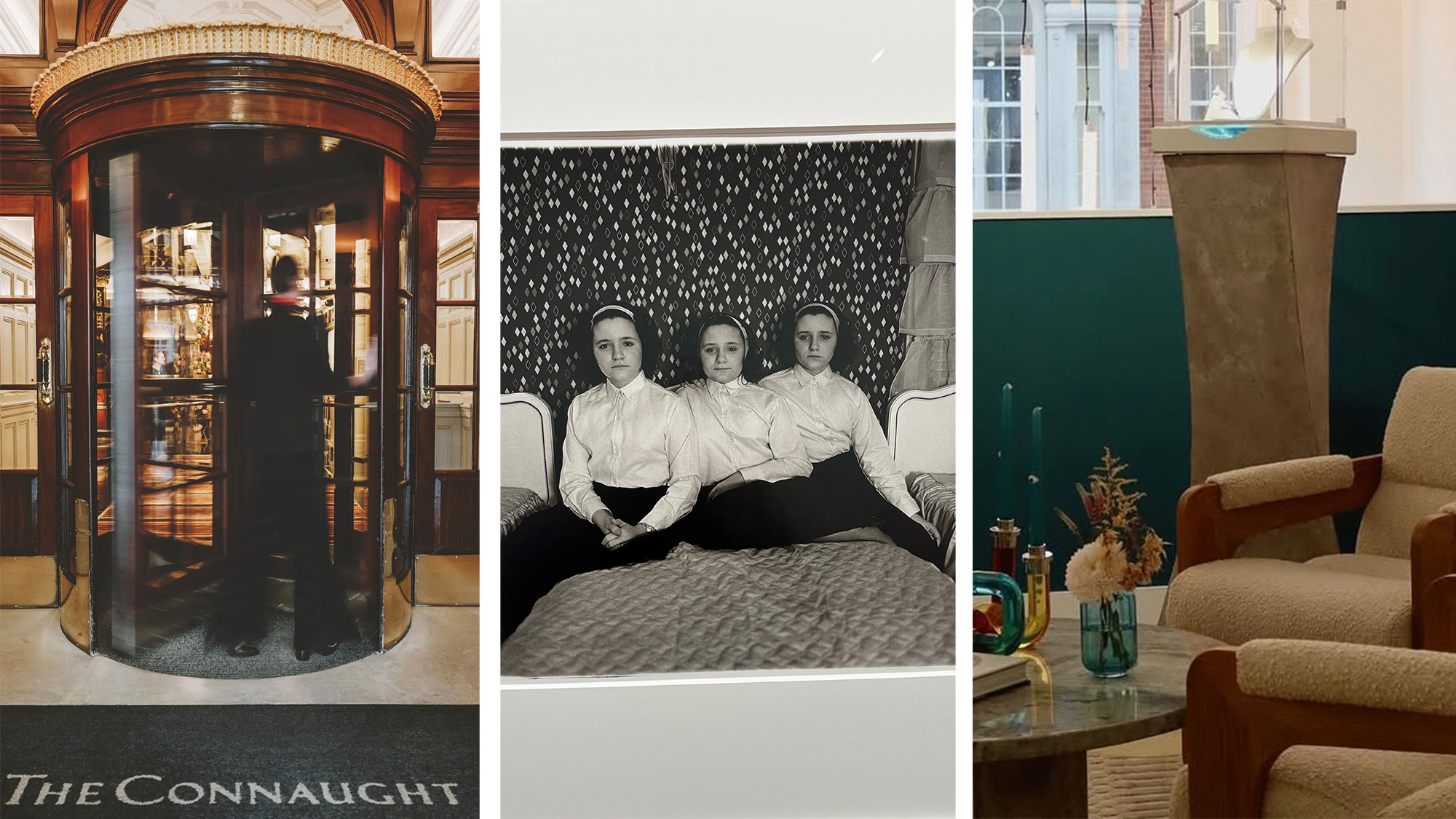 Out of office: The Wallpaper* editors’ picks of the week
Out of office: The Wallpaper* editors’ picks of the weekThis week, the Wallpaper* editors curated a diverse mix of experiences, from meeting diamond entrepreneurs and exploring perfume exhibitions to indulging in the the spectacle of a Middle Eastern Christmas
-
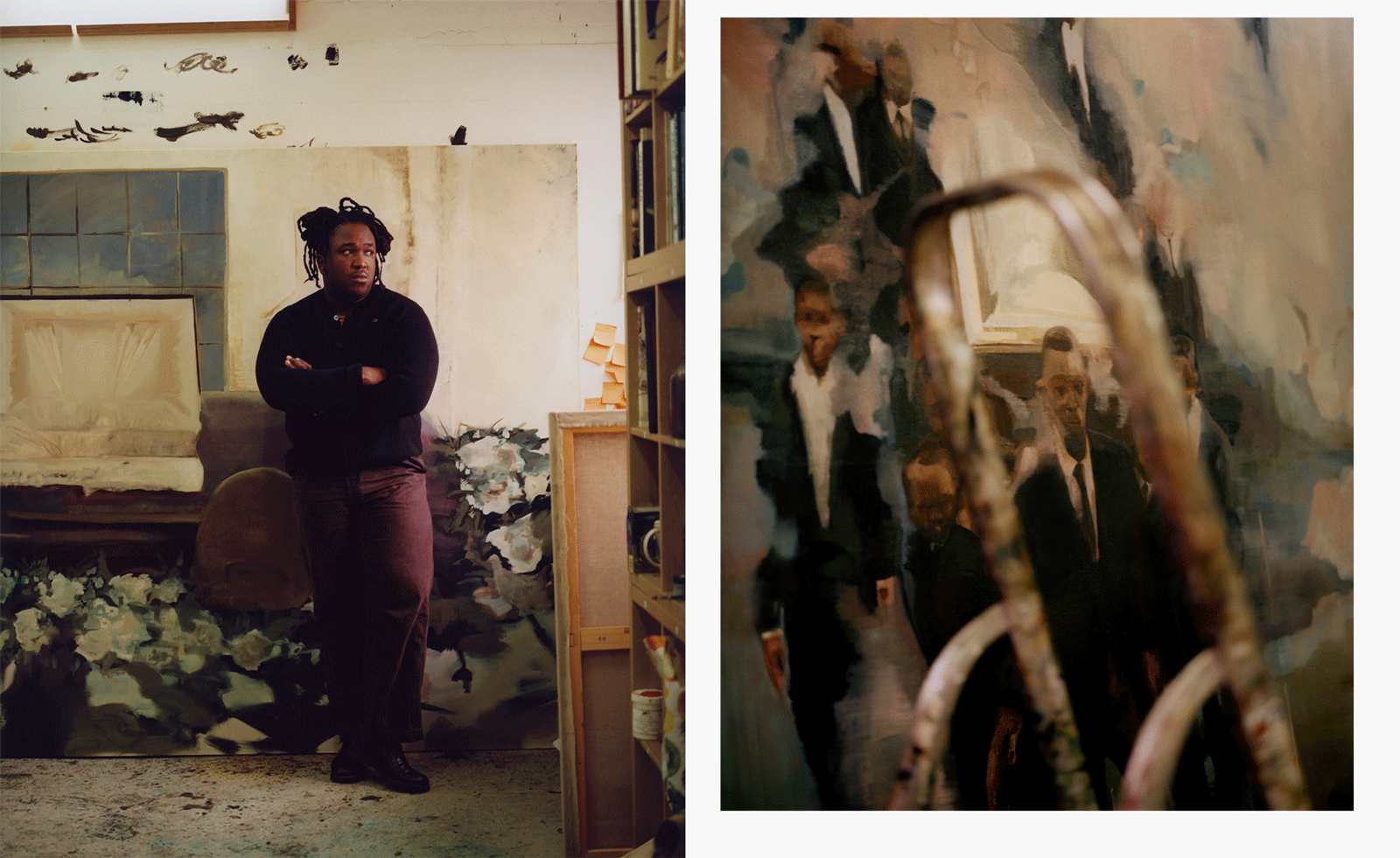 Artist Shaqúelle Whyte is a master of storytelling at Pippy Houldsworth Gallery
Artist Shaqúelle Whyte is a master of storytelling at Pippy Houldsworth GalleryIn his London exhibition ‘Winter Remembers April’, rising artist Whyte offers a glimpse into his interior world
-
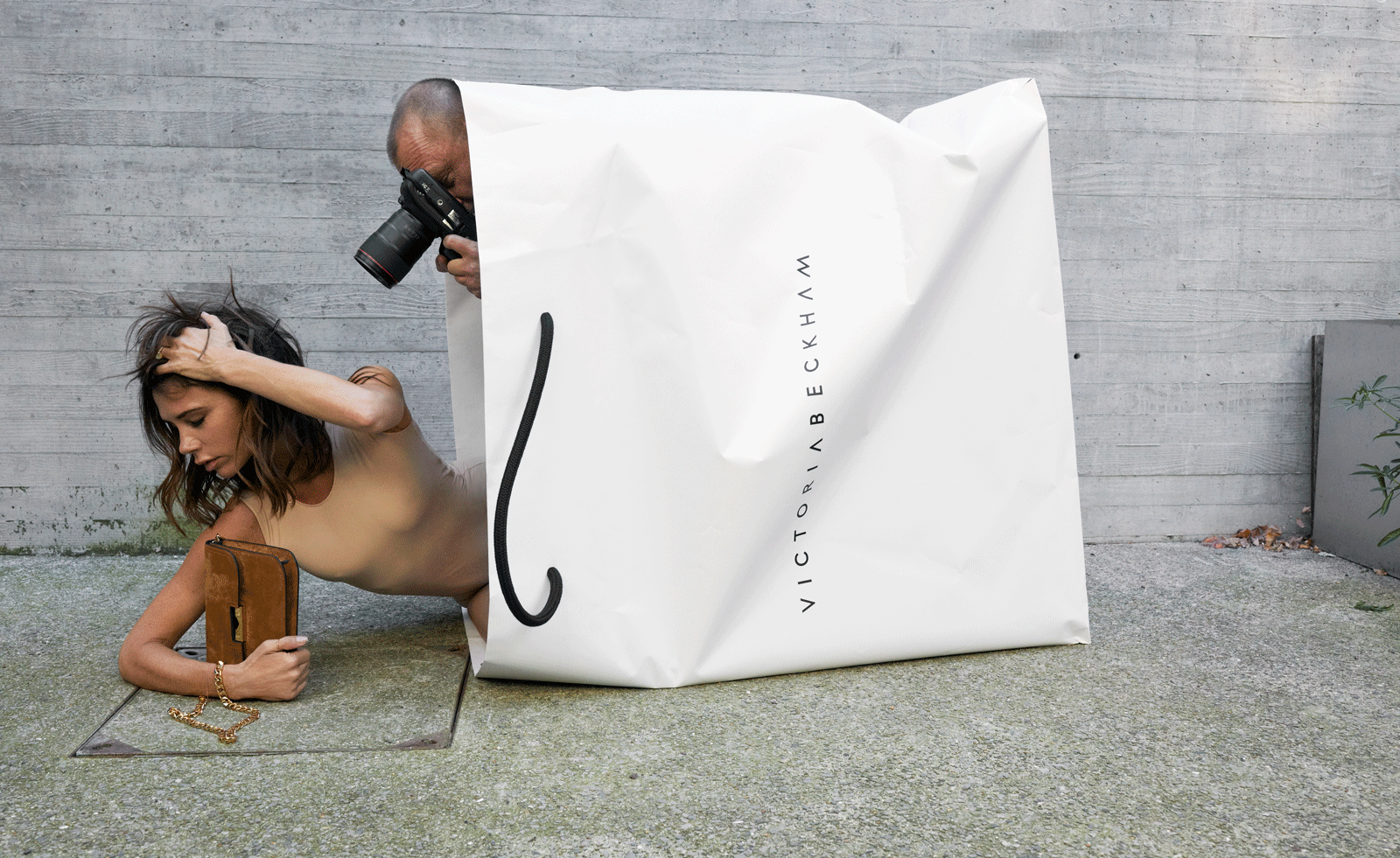 Juergen Teller’s retrospective is sharp, smart and mischievous in Athens
Juergen Teller’s retrospective is sharp, smart and mischievous in AthensVictoria Beckham, the Pope, and nudes in the sand feature among the German photographer’s images in ‘you are invited’ at Onassis Ready, the latest arts space from the Onassis Foundation
-
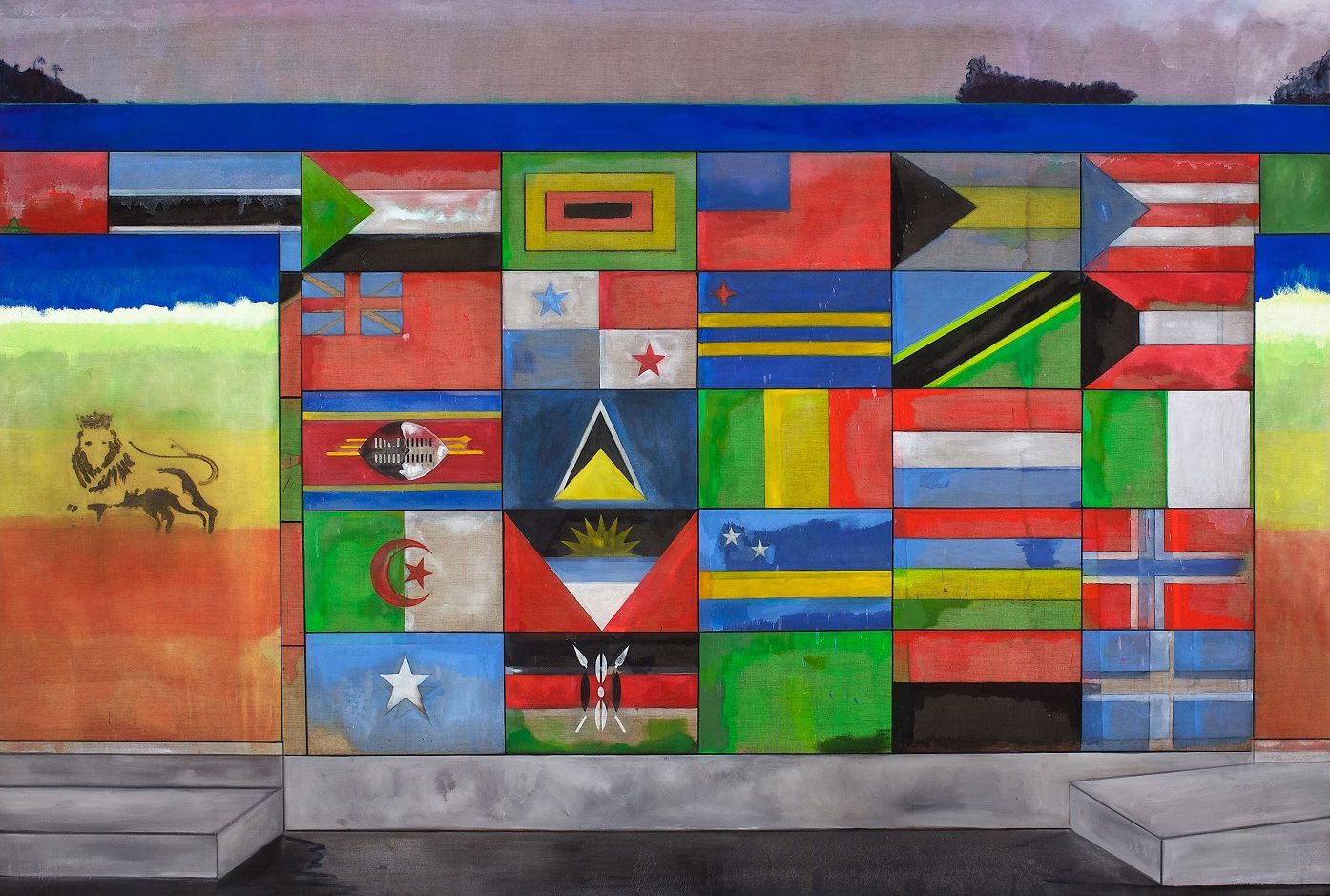 ‘Sit, linger, take a nap’: Peter Doig welcomes visitors to his Serpentine exhibition
‘Sit, linger, take a nap’: Peter Doig welcomes visitors to his Serpentine exhibitionThe artist’s ‘House of Music’ exhibition, at Serpentine Galleries, rethinks the traditional gallery space, bringing in furniture and a vintage sound system
-
 Classic figurative painting is given a glamorous and ghostly aura by Polish artist Łukasz Stokłosa
Classic figurative painting is given a glamorous and ghostly aura by Polish artist Łukasz StokłosaThe gothic meets the glamorous in Stokłosa’s works, currently on show at London’s Rose Easton gallery